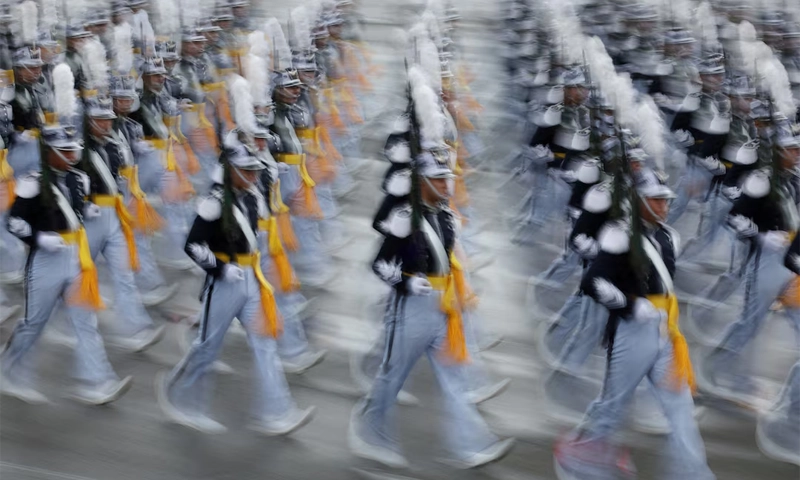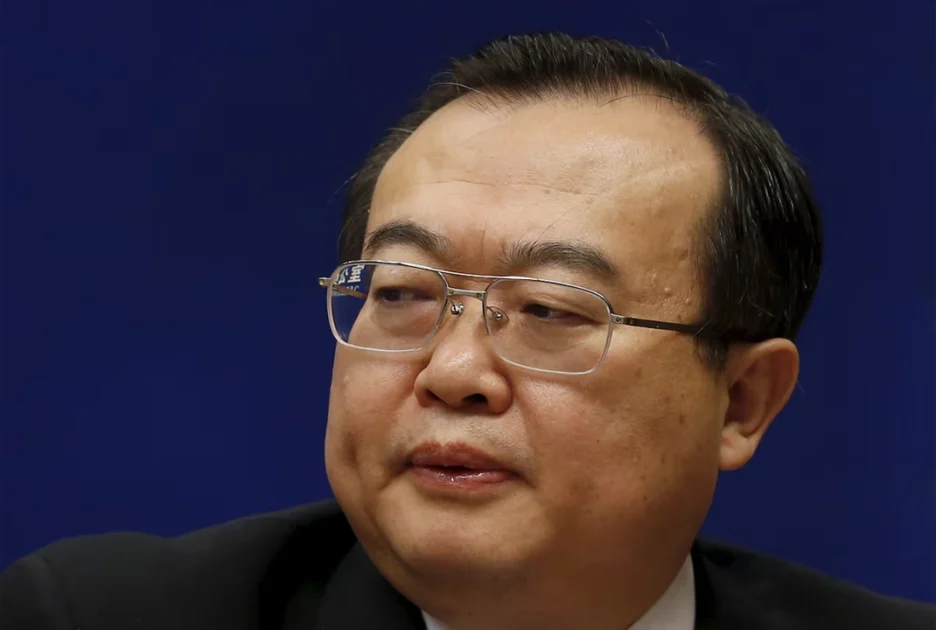
Lowest birthrate hits South Korea military which shrinks 20pc

SEOUL: South Korea’s military shrank by 20 per cent in the past six years to 450,000 troops, largely due to a sharp drop in the population of males of enlistment age for mandatory service in the country with the world’s lowest birthrate, a report said on Sunday.
The current state of affairs in South Korea is a natural consequence of low birthrate which produces a demographic crisis: there are more aged people and fewer to replace them.
But it is not just military as the trend could lead to a decline in the available workforce for all sectors of economy.
South Korea is one of the world’s fastest ageing societies and has the lowest fertility rate in the world at 0.75 in 2024, which signifies the average number of babies a woman is expected to have during her reproductive life.
Its population, which hit a peak of 51.8 million in 2020, is expected to shrink to 36.2 million by 2072, according to a government projection.
SOUTH KOREA ISN’T ALONE
A similar crisis is brewing in China where the government will offer subsidies to parents to the tune of $500 per child under the age of three per year. The nationwide subsidies apply retroactively from January 1.
Read more: Childcare subsidies as China deals with one-child policy fallout
What is the reason behind negating the one-child policy?
China had implemented the one-child policy ruthlessly. It managed to control birth rate and happily surrendered the position of most-populace state in the world to India. But the decades of strict policy produced the unwanted demographic crisis, with a nosediving birth rate, declining population and higher share of aged people.
RAPID DECLINE
Coming back to South Korea, the dramatic decline in the pool of available males for military service is also causing a shortfall in the number of officers and could result in operational difficulty if it continues, the defence ministry said in the report.
The report was made to the ruling Democratic Party member of parliament Choo Mi-ae, whose office released it.
South Korea’s military has steadily declined since the early 2000s when it had about 690,000 soldiers. The pace accelerated during the late 2010s and there were about 563,000 active-duty soldiers and officers in 2019.
North Korea is believed to have an active-duty military of about 1.2 million, according to the latest estimate by the defence ministry in 2022.
In the period between 2019 and 2025, the population of 20-year-old males declined by 30 per cent to 230,000, according to government data, the age when most men who pass a physical exam enlist for military service, which is now 18 months long.
The military has cited improved capabilities as a key reason for shortening service periods, made possible by a military alliance with the United States and the development of a defence industry that has become a major exporter of arms.
Able-bodied men served 36 months in 1953 when the Korean War ended in an armistice.
South Korea’s defence budget, at more than 61 trillion won ($43.9 billion) in 2025, is larger than the estimated size of North Korea’s economy.
Still, the military is 50,000 troops short of the number of troops adequate for maintaining defence readiness, the ministry said. About 21,000 of the shortfall is in the non-commissioned officer ranks, it said.
LOW BIRTHRATE FACTORS
One of the main reasons, if not the main, causing a decline in birthrate is the economic inequality and rising cost of living. With most the population concentrated in big cities across the industrialised nations, these urban centres are getting more and more expensive to live in.
In the case of South Korea, Seoul is one of the most expensive cities of the world.
At the same time, it is observed that the women in conservative societies like Korea, China and Japan are rebelling against the traditional norms. They want independence and marriage isn’t their top priority.






